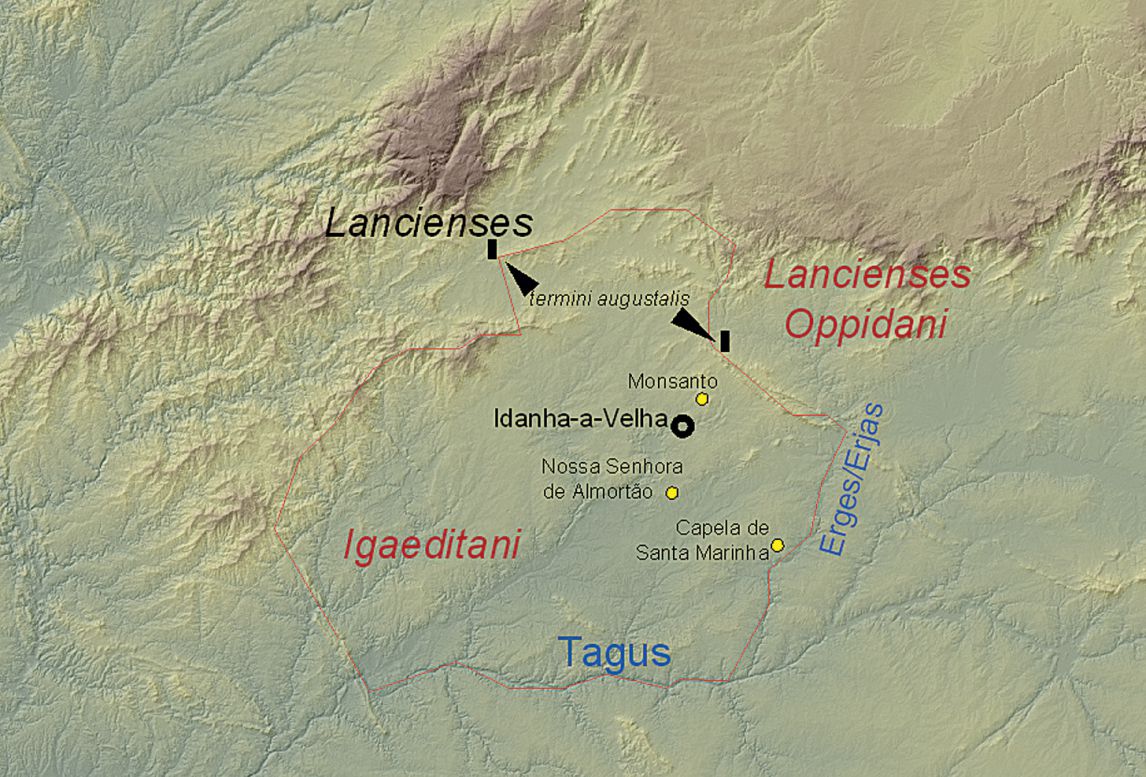Archaeological narratives in ethnicity studies
DOI:
https://doi.org/10.35686/AR.2015.20Keywords:
ethnicity, archaeological theory, landscapes, sanctuaries, Iron Age, Roman periodAbstract
In order to study ethnicity through Archaeology, the first challenge is to fully understand what that form of identity is and how it works. In recent years scholars have started to overcome the ‘introduction to ethnicity’ syndrome —whereby recent anthropological developments are acknowledged and then disregarded when carrying out the analysis—, shedding light on new perspectives which enlighten our understanding of ethnic identity. In this paper, we not only revise these new approaches, but offer two novel case-studies: the Treveri from Late Iron Age Gaul and the Igaeditani from Roman Lusitania.
Downloads












